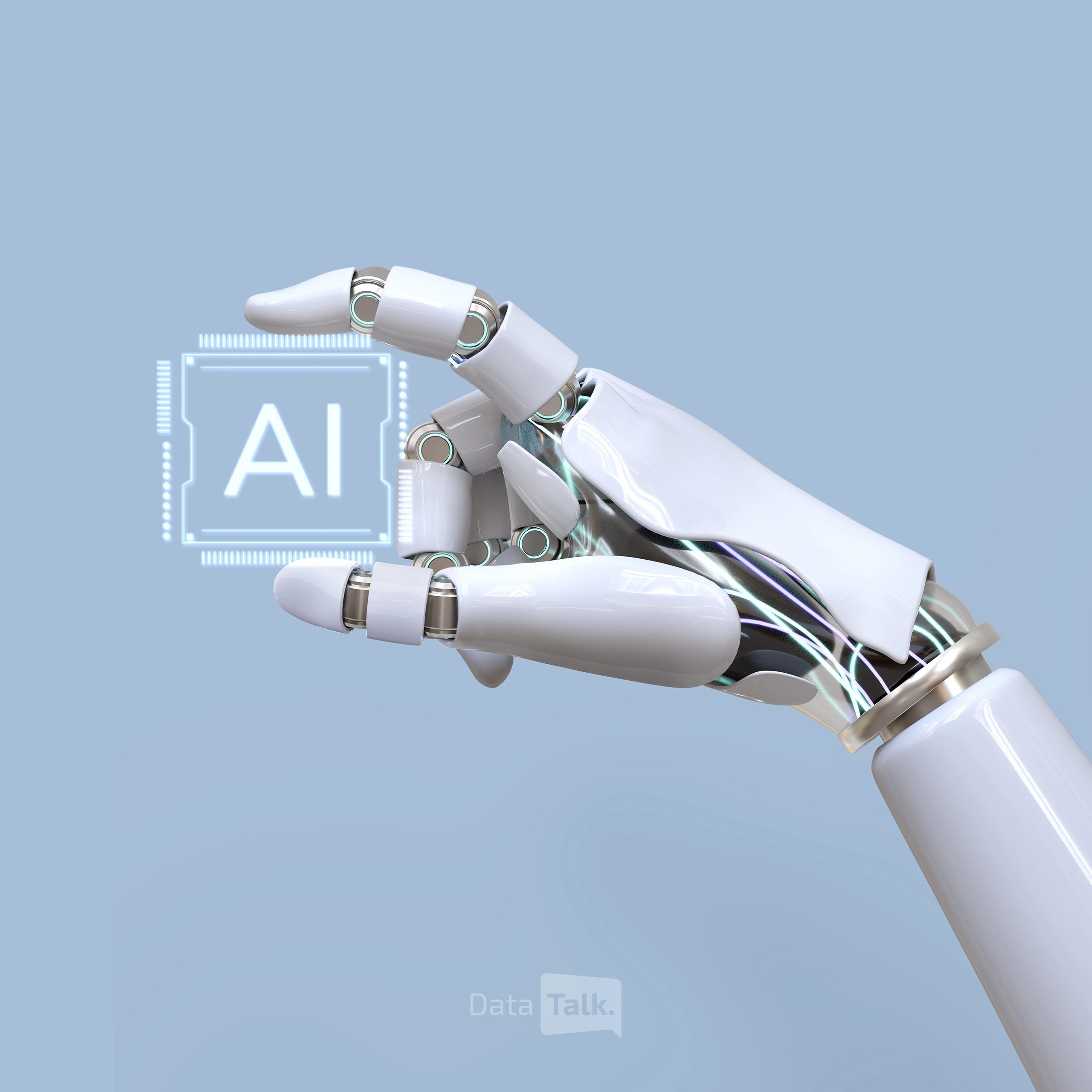3 min read
Artificial intelligence is everywhere – in software development, industrial automation, and R&D. But even within technical circles, there are persistent myths that skew our understanding of what AI can (and can’t) actually do. Here’s a breakdown of five of the most common ones – and why they no longer hold up, if they ever did.
1. AI “understands” information like a human
Just because an AI system can generate text or recognize images doesn’t mean it understands them. Modern models, such as GPT or computer vision systems, operate based on statistical prediction and loss function optimization – not on actual comprehension.
Real-world example: GPT-4 can draft a legally-sounding contract but doesn’t understand what legal responsibility or ethics are. It can generate working code, but it doesn’t assess whether it’s safe for production.
Technical background: Transformers work with tokens and embedded vectors, not meanings or concepts. Their outputs reflect patterns in the training data, not understanding.
2. AGI (Artificial General Intelligence) is just around the corner
Media narratives and even some company roadmaps suggest that general AI is imminent. In reality, today’s AI systems are great specialists – but terrible generalists. They can’t transfer knowledge between domains without significant retraining.
Real-world example: An AI that detects product defects on a manufacturing line can’t detect financial fraud – even though both might use “deep learning”.
Technical background: Current systems lack a unified cognitive framework. They’re domain-specific optimizers without deep contextual awareness.
3. AI will replace all workers in industry
The popular narrative says: “AI and robots will take all our jobs.” The truth is more nuanced. In most industrial settings, AI is used to augment human labor – not replace it.
Case study: One factory used AI for visual quality control and saw a 23% productivity boost. But they also had to hire three new operators to handle false positives.
Fact: AI systems require maintenance, model retraining, data validation, and oversight. Humans remain a critical part of the loop.
4. AI makes objective decisions
A common misconception: algorithms are neutral. In fact, AI often reflects the biases found in its training data. These biases can impact real-world outcomes – from hiring decisions to production line quality control.
Example: An AI trained to detect faulty parts might disproportionately flag items of a certain color or texture, if these were underrepresented in training.
Solution: Use model cards, diverse validation datasets, and maintain a human-in-the-loop during deployment and evaluation.
5. Bigger models = smarter AI
It’s tempting to believe that more parameters make an AI smarter. In reality, performance does scale – but with diminishing returns. Training larger models quickly becomes inefficient without careful optimization.
(source: OpenAI, DeepMind – Scaling Laws)
Research fact: Chinchilla (DeepMind, 2022) outperformed larger models with the same compute budget by optimizing training – not by sheer size.
Conclusion: AI is powerful – but not magic
AI is a transformative technology reshaping industries and workflows. But to truly harness its potential, we must ditch outdated assumptions and start asking better questions.

Leave a Reply